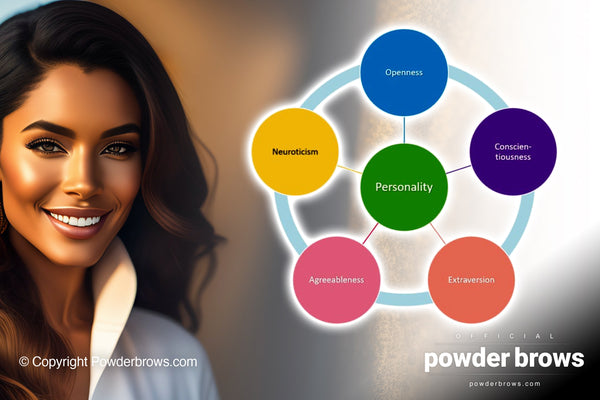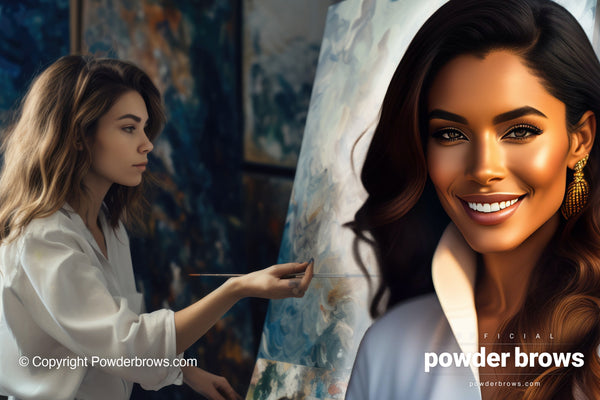4. Conclusions
In summarizing the distinctions between "good" and "great" artists in the fields of Powder Brows and microblading, it's evident that personality traits play a significant role. "Good" artists, those who rise well above the average, are often intelligent, systematic, hardworking, competitive, somewhat introverted, conscientious, and highly adept at time management. Many have mapped out their careers meticulously, setting financial goals and achieving them. Their propensity for systematic thinking often extends to various aspects of their lives, including their financial ambitions.
In contrast, "great" artists display a much less structured approach to life. They are innately open and creative, fueled by a compelling urge to innovate and explore new ideas. Their focus leans more toward people and creative endeavors than toward financial gains. As a result, many have experienced phases in their lives where they invested all their earnings in pursuits that enabled further artistic creation.
The key to these great artists' unparalleled success, particularly in the domains of PMU, Powder Brows, and microblading, resides in their relationships. In almost every instance, they've partnered with a spouse, life partner, or close friend who complements them by embodying the traits of the "good" artists. These complementary partnerships form dynamic duos of success, excelling in artistic procedure creation and training and development.
Similar articles
Similar videos







